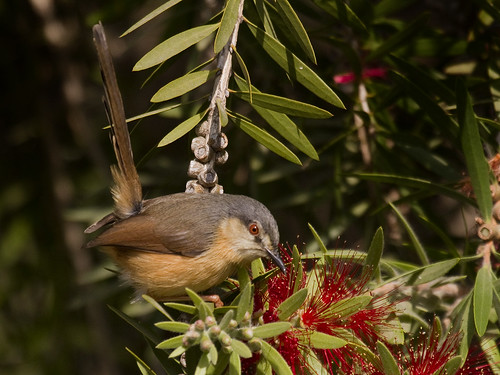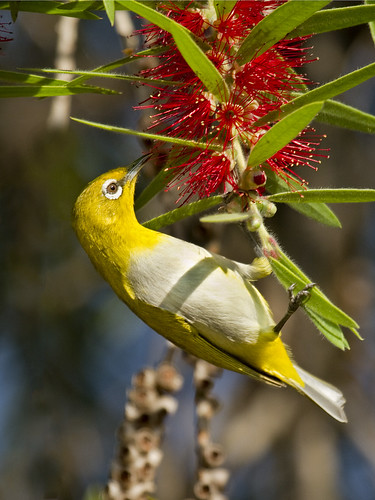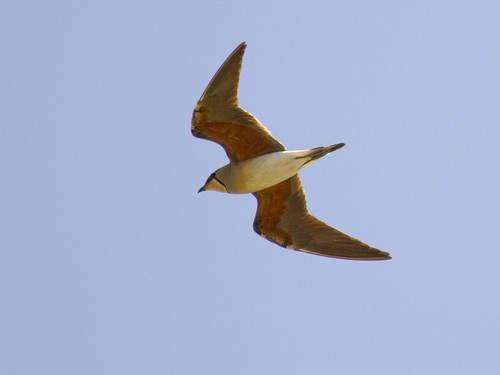
Spot-billed duck or simply Spotbill has three subspecies: the Indian Spot-billed Duck (A. poecilorhyncha poecilorhyncha), Eastern Spot-billed Duck (A. poecilorhyncha zonorhyncha), and Burmese Spot-billed Duck (A. poecilorhyncha haringtoni). An interesting trivia is that in the Japanese manga and anime One Piece, there is a “Super Spot-billed Duck” named Karoo which is owned by Nefertari Vivi. Also, the Farfetch’d species in the Pokémon series is possibly based on the spot-billed duck. In Super Mario World 2: Yoshi’s Island the character Huffin’ Puffins’ Japanese name “karugamo” corresponds to the name of the Anas poecilorhyncha.








